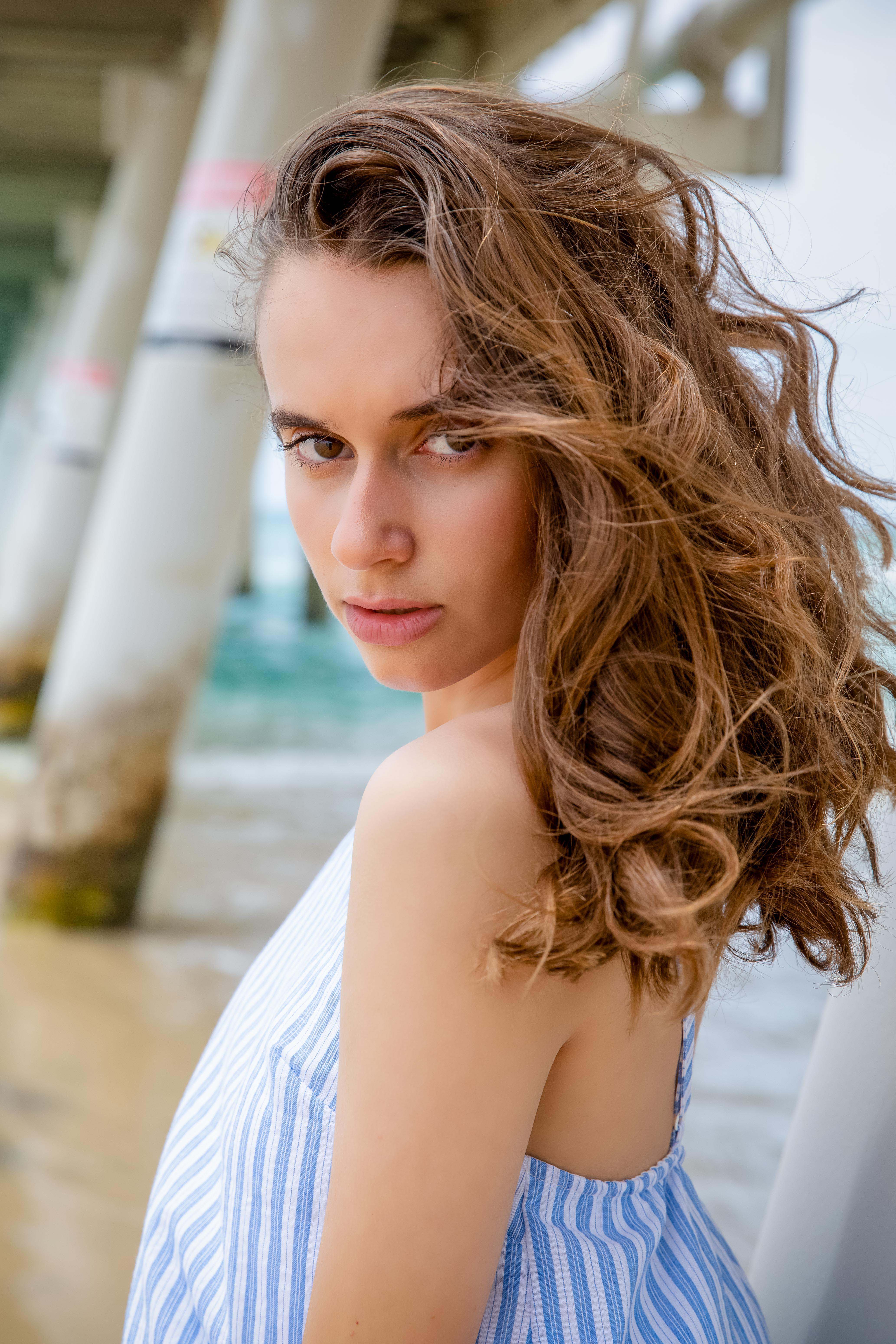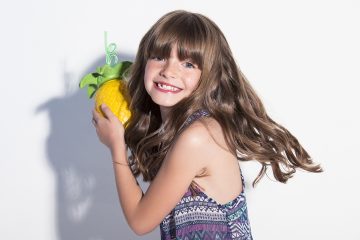The Novice's Overview to Product Photography
If a picture is worth a thousand words, a magnificent product image is worth a thousand web site sees. Although I don't have information to back up that statement (yet), product photography can be exceptionally valuable to your ecommerce web site method.
To reach your target audience members who prefer buying online, you additionally need to give your target market clear, eye-catching photos of your items.
Yet product photography isn't as simple as pointing as well as shooting. Even one of the most standard products require the proper equipment, lighting, as well as room to create lovely pictures that sell buyers right from the acquisition page.
6 Product Photography Tips ( and also Examples) for Taking Pictures That Sell
Right here are the ideas, examples, and supplies you'll require to effectively picture and also market your products in such a way that makes your site visitors and also leads want to transform.
1. Do not be afraid to use your mobile phone's camera.
This is the component where I'm supposed to persuade you to purchase a high-end, 50-megapixel (MP) electronic camera with a 100-millimeter screw-on lens. However I'm not mosting likely to do that.
If you currently have a camera that fits this description, take advantage of it. However, for many sorts of items, it's entirely acceptable to fire product photos on a mobile phone.
More recent smart devices flaunt effective video camera lenses as well as settings that enable you to enhance your shots for the various sorts of light and settings you could shoot in.
If you require a lot more persuading, simply look into Apple's Shot On An iPhone campaign and also the pictures that have actually resulted from it over the years such as this one:
2. Fire from a tripod for photo consistency.
Before describing tripods, I'm obliged to start with a primary regulation: Do not prop your phone versus something strong to aim your lens towards the subject.
It's simply too simple for this makeshift arrangement to glide around during the shoot and also cause inconsistencies in your photos' look. If you rest your cam on, say, a stack of publications, just be sure this arrangement does not change throughout the shoot.
There's no harm in holding your video camera on your own when shooting simply a few product photos for your ecommerce website. Yet as your business expands, and you take a lot more photos of even more products, it can be tough to systematize the product's alignment in each photo when shooting handheld.
To make sure consistency throughout your items, you'll require a tripod. As well as the good news is, getting one isn't constantly the large, industrial-sized financial investment it made use of to be.
Right here are two kinds of tripods to consider.
Traditional vs. Adaptable
This is a practice tripod-- there are typical tripods readily available for both cameras as well as mobile phones.
A flexible tripod can be controlled in a variety of ways. You can flex its legs as well as put it on various surface areas to obtain the angle you require.
Mobile Grip
There's commonly a screw on the top of your tripod which attaches to your electronic camera to hold it in place. The underside of a lot of professional-grade cameras has a screw hole just for this objective, however smartphones can use the complying with adapter:
The adapter holds the sides of your mobile phone and also can screw right into either kind of tripod, allowing you to operate the cam manages with the phone display facing external and also towards you.
Once you identify which mount you'll require, establish it up before your product, and think about placing 3 pieces of tape on the ground to mark where you want to keep each leg of your tripod over the course of the shoot.
3. Choose all-natural light or fabricated light.
Never take too lightly exactly how specific types of light can enhance (or prevent) your product photography. Keep in mind, purchasers get the very best look at an product personally, where they can see every little thing they require to prior to investing in. The right lights plan assists you expose those critical decision-making product attributes when all web site visitors need to go on is a photo.
A solitary lighting setup may not benefit every product-- a lights arrangement that benefits some products may weaken the look of others.
There are two kinds of light you can choose as your primary source of light: natural and synthetic light.
All-natural Light
All-natural light refers to sunlight-- simple as that. It's likewise known as "soft light" since the sun casts a bigger, softer variety of light than, state, a lamp shining directly on the product. Ecommerce product shots flourish in all-natural light if:
The product is shot outside or meant to be used outside.
The product is made use of by, worn on, or shot with a individual ( individuals have a tendency to look far better in natural light).
You're attempting to stress the product's surroundings, rather than particular qualities of the product.
Here's an instance of a shot making use of all-natural light:
Fabricated Light
Fabricated light includes candles, fire, as well as a lot more frequently, light bulbs. It's likewise referred to as " difficult light" since it generates a smaller yet a lot more concentrated light surface area. This kind of light caters to items with physical details that require to be highlighted to thrill an online customer.
As a general rule, stick to just one sort of light per photo-- natural or man-made. Adding all-natural light to an synthetically lit photo can soften a product that's suggested to festinate, and adding man-made light to a naturally lit photo can sharpen a product that's implied to look soft. You don't wish to enter your very own means.
4. Fill up or jump your light to soften darkness.
Whether you utilize all-natural light or artificial light, you'll require to lessen the shadows that any potential difficult light casts on the contrary end of a product.
There are 3 methods to do this:
Fill up Light
Include an additional, less-intense light to supplement your primary light. This additional light is called your fill light as well as is used as a counterbalance to soften the all-natural darkness your primary light generates behind an item.
To do this, put your fill light opposite your primary light so your product sits between both lights.
Flashbulb Bounce Card
A bounce card, or reflector card, is a little card that " shows" or " jumps" the primary light back onto the surface below your product to reduce shadows.
Some bounce cards connect to the flashbulb of a professional cam lens to diffuse the light from the cam's flash. This card splashes a softer light onto the subject from over your set-- as opposed to directly at it-- so you don't have long shadows trail behind the things you're firing.
Standalone Bounce Card
If you're firing from a smartphone, a flashbulb bounce card isn't an option, because you don't have a physical flash you can affix it to. Instead, make your very own standalone bounce card positioned contrary your main light source.
For beginners to product photography, this bounce card can successfully change your fill light, which counters the difficult light from the camera flash or lamp that's encountering toward the front of your product.
5. Make use of a sweep or picture mode to emphasize the product.
There isn't one appropriate method to position your product, lights, and bounce cards-- they can change substantially depending upon your history. Yet don't choose a background based upon what's most convenient to create. Histories must appear like how you want your purchasers to view your product when viewing it online.
Take into consideration initially whether you would certainly such as a white history or a extra vibrant, real-world background. There's an very easy means to accomplish each one.
White Background: Move
For white histories, it's not as straightforward as setting up a table against white drywall. Even mobile phone cameras can get little blemishes on a white wall surface that you wouldn't see with the naked eye. To catch a perfect white background without corners or imperfections, make use of a sweep.
A sweep is a large bendable sheet of paper, whose lower work as the surface beneath your product and then curves up right into a white wall behind the product.
On camera, the move's contour is unseen, emphasizing key product details and also allowing the product to possess all of a web site site visitor's focus.
Real-World Background: Portrait Setting
Dynamic, real-world backgrounds are very attractive when shooting items that have a certain usage or are being designed by a individual-- as you saw aware of the briefcase earlier in this guide.
Yet, it's easy for a real-world history to swipe the focus of the photo, making it vague which item in the photo you're in fact marketing.
Give your product deepness and also focus with portrait mode, a image setup on most professional cameras, and also offered on several brand-new mobile phones. This setting blurs the background so the context of the product is clear however not contending versus the product itself.
Below is a extremely outstanding photo of a HubSpot pen absorbed portrait setting on a Google Pixel 2 (I took this picture myself). You can inform the pen sits on a workdesk with a computer system behind it, however the pen is still the prime focus for customers:

6. Shoot a selection of http://archerwnmi681.lowescouponn.com/5-laws-anyone-working-in-amazon-product-photography-gold-coast-should-know images.
My last ecommerce photography suggestion to you is to not quit at one photo per product. Equally as your clients look, hold, use, and even try out product in a shop, your internet site must fire a selection of pictures to simulate this extremely experience.
If you're shooting apparel, as an example, catch the garment of apparel alone-- that is, spread out on a white surface area-- in addition to on a mannequin whose shade contrasts the color of the product.
Then, for extra pictures, have the clothes modeled on a individual, enabling you to take images of the product from the individual's different postures and angles.
Product Photography Set Up
Next off, allow's summarize what we just got-- below's a listing of fast product photography set-up pointers that you can refer to and share on your team:
• Choose a video camera-- whether or not that suggests using your smart device.
• Get a tripod that benefits your camera of selection.
• Choose natural or artificial lights-- think about which option is best for your product and environment.
• Determine whether you'll fill or bounce light.

• Select move or picture setting.
• Take several different pictures to offer your viewers selection.

Begin With Your Product Photography
Don't really feel obligated to invest in every pointer and piece of equipment simultaneously. Apply these product photography suggestions slowly to see what makes your store look one of the most presentable, as well as transform your technique as your photography chops get better.